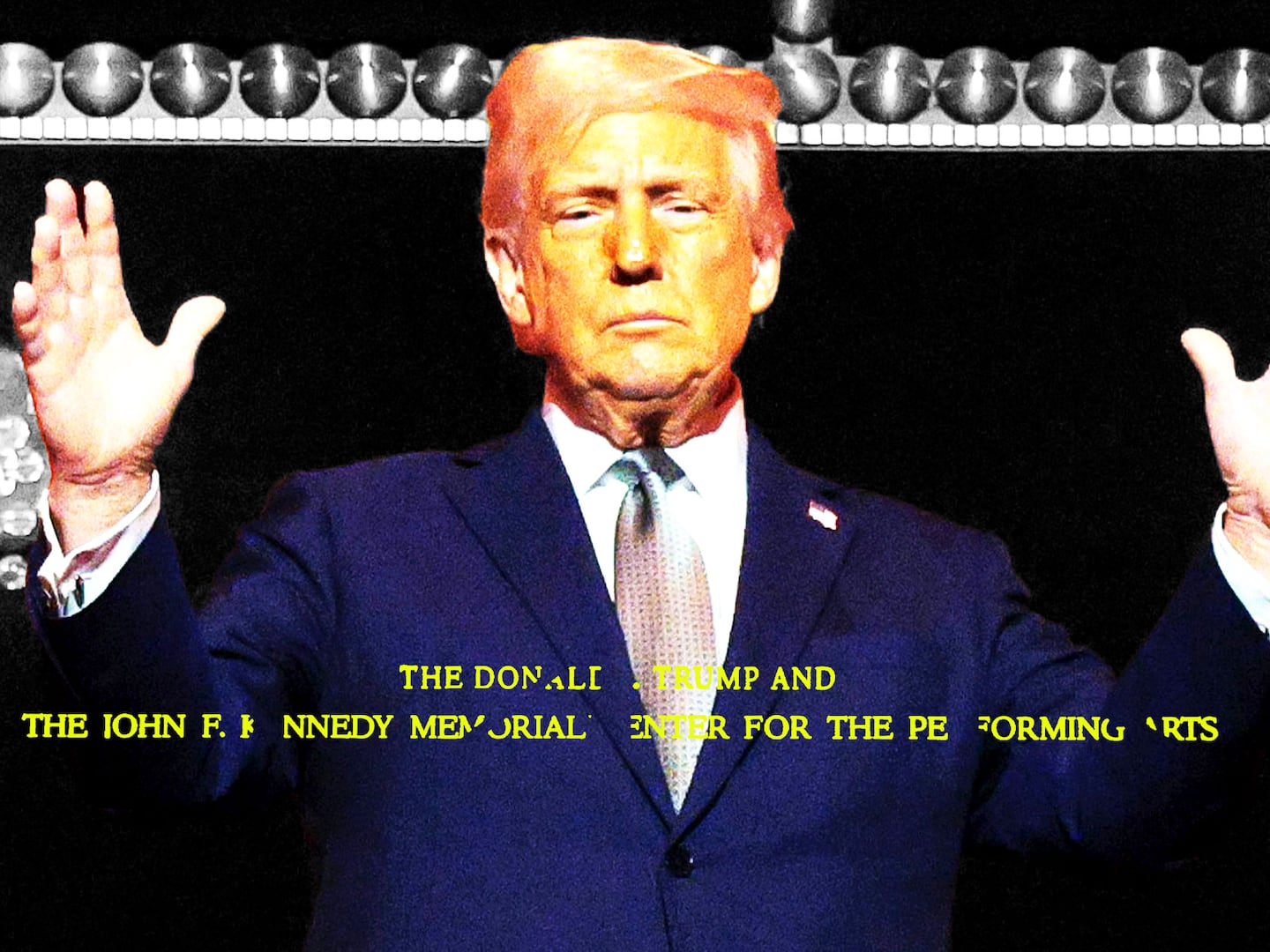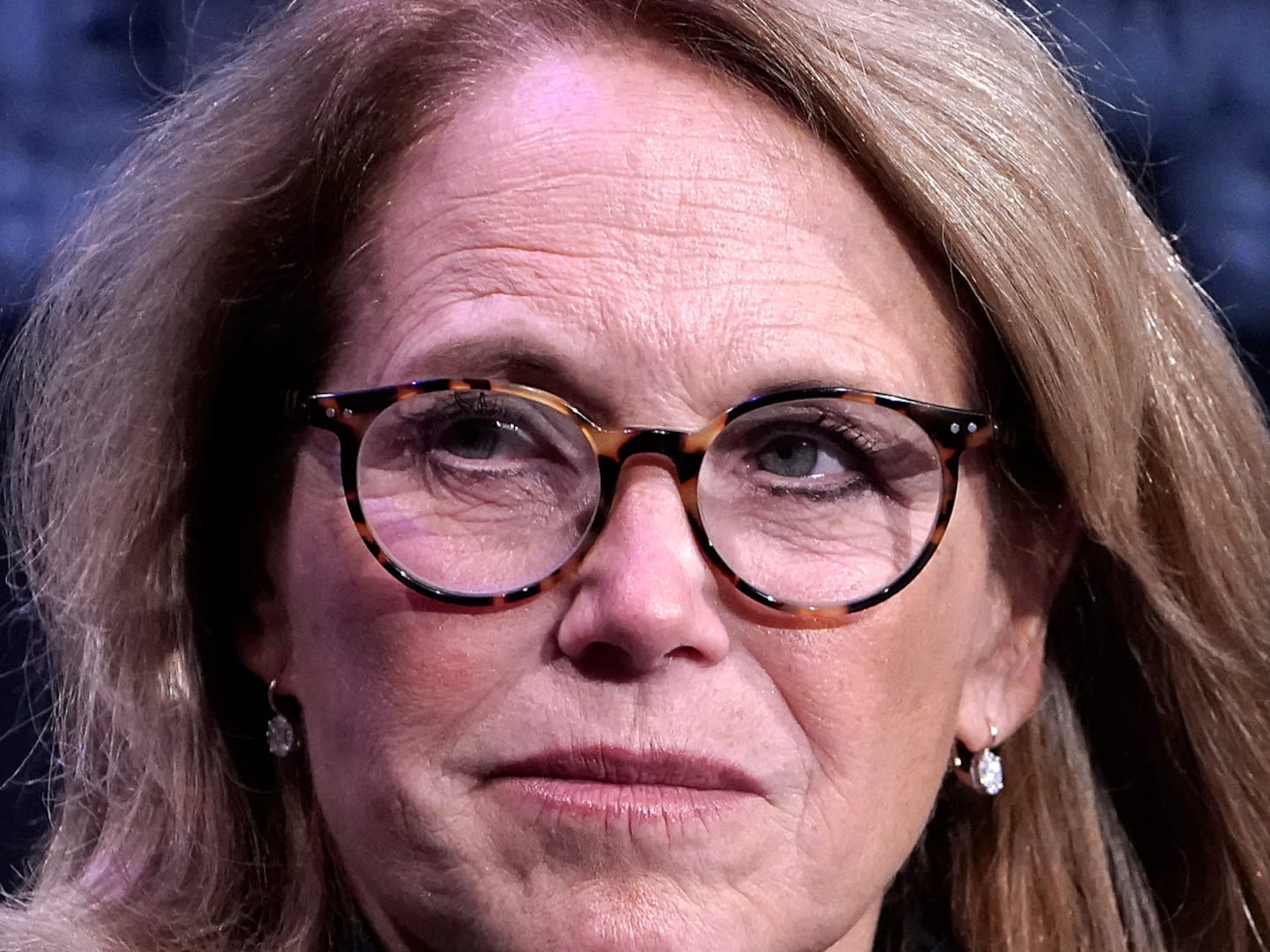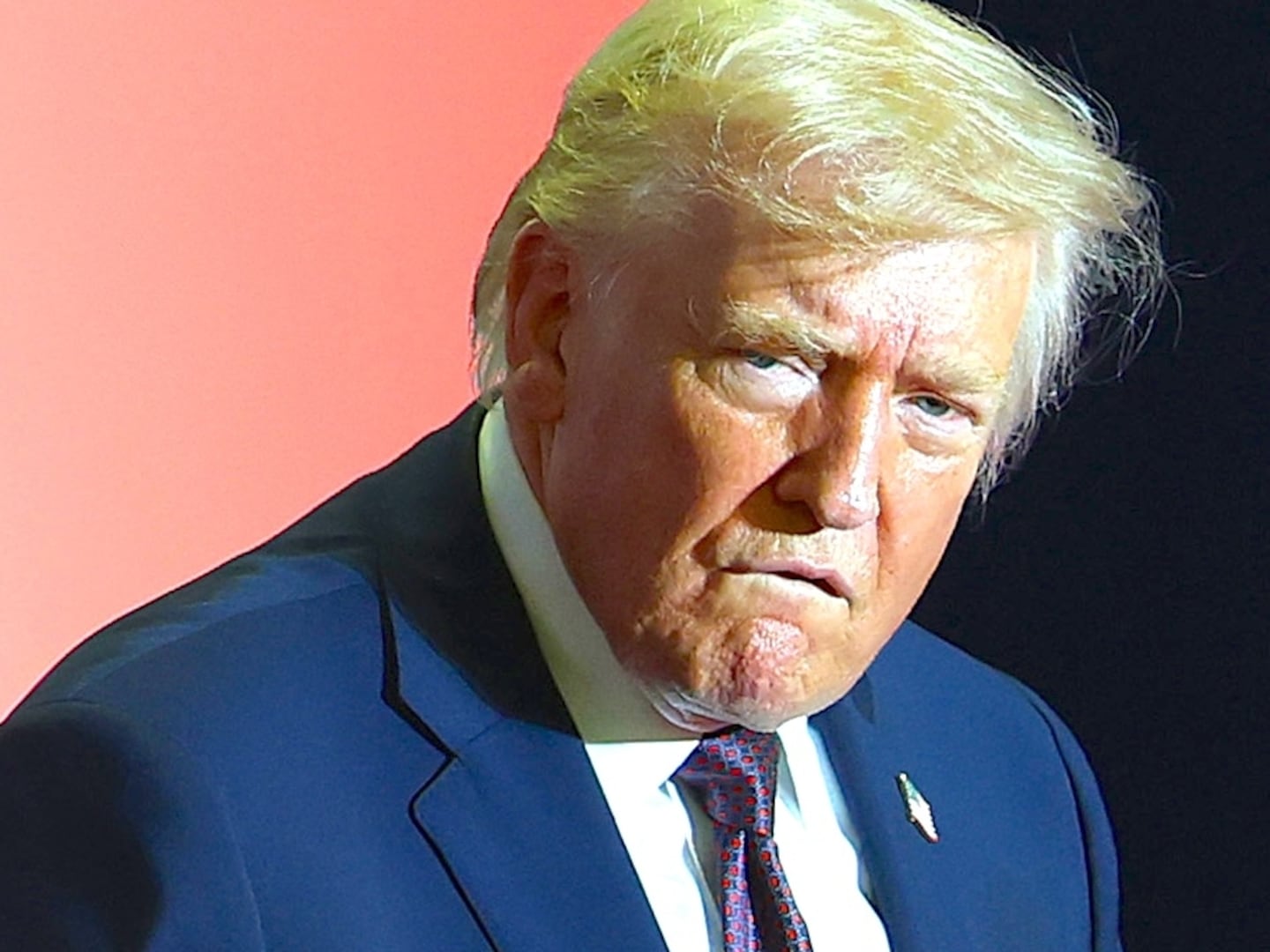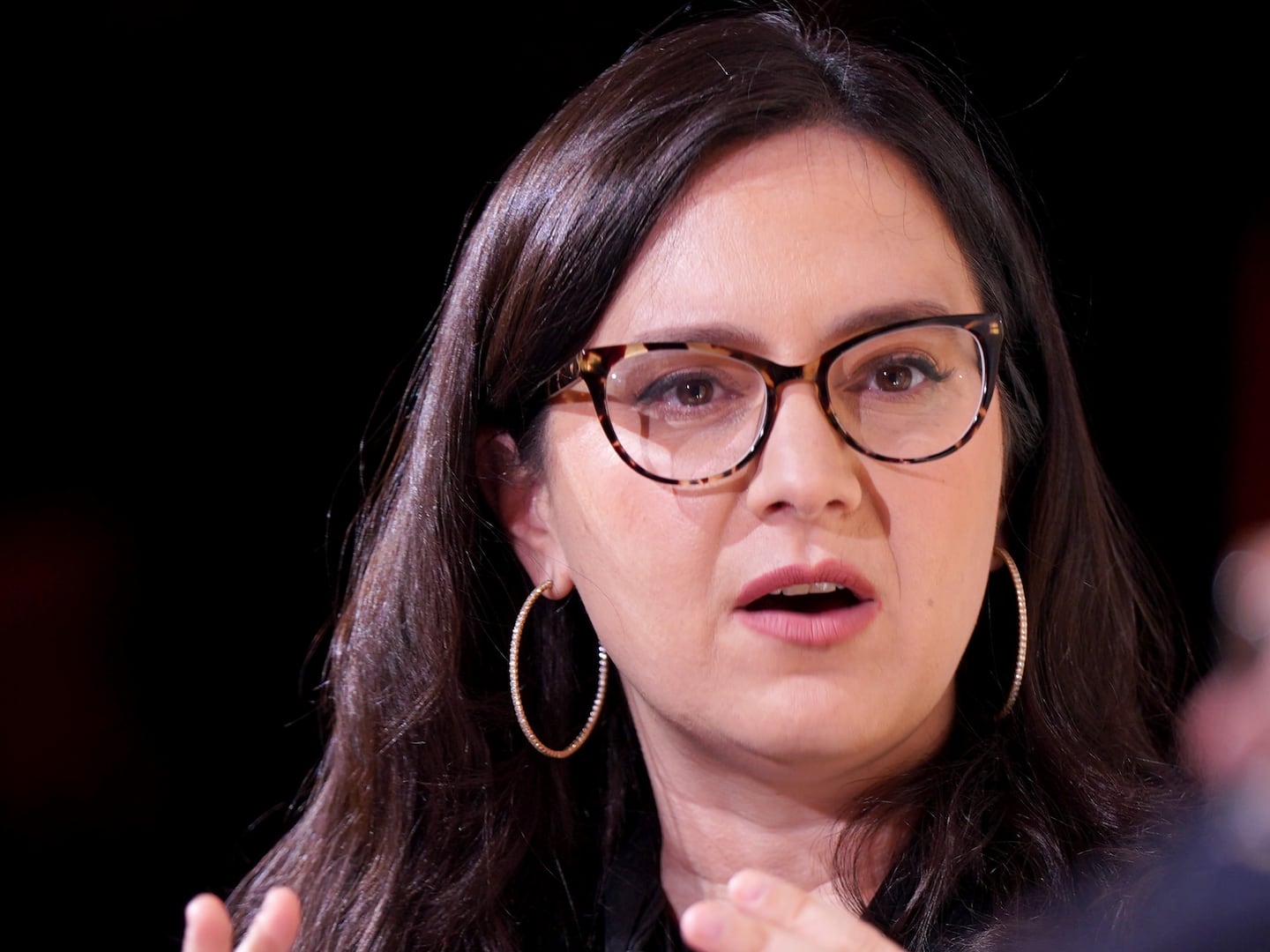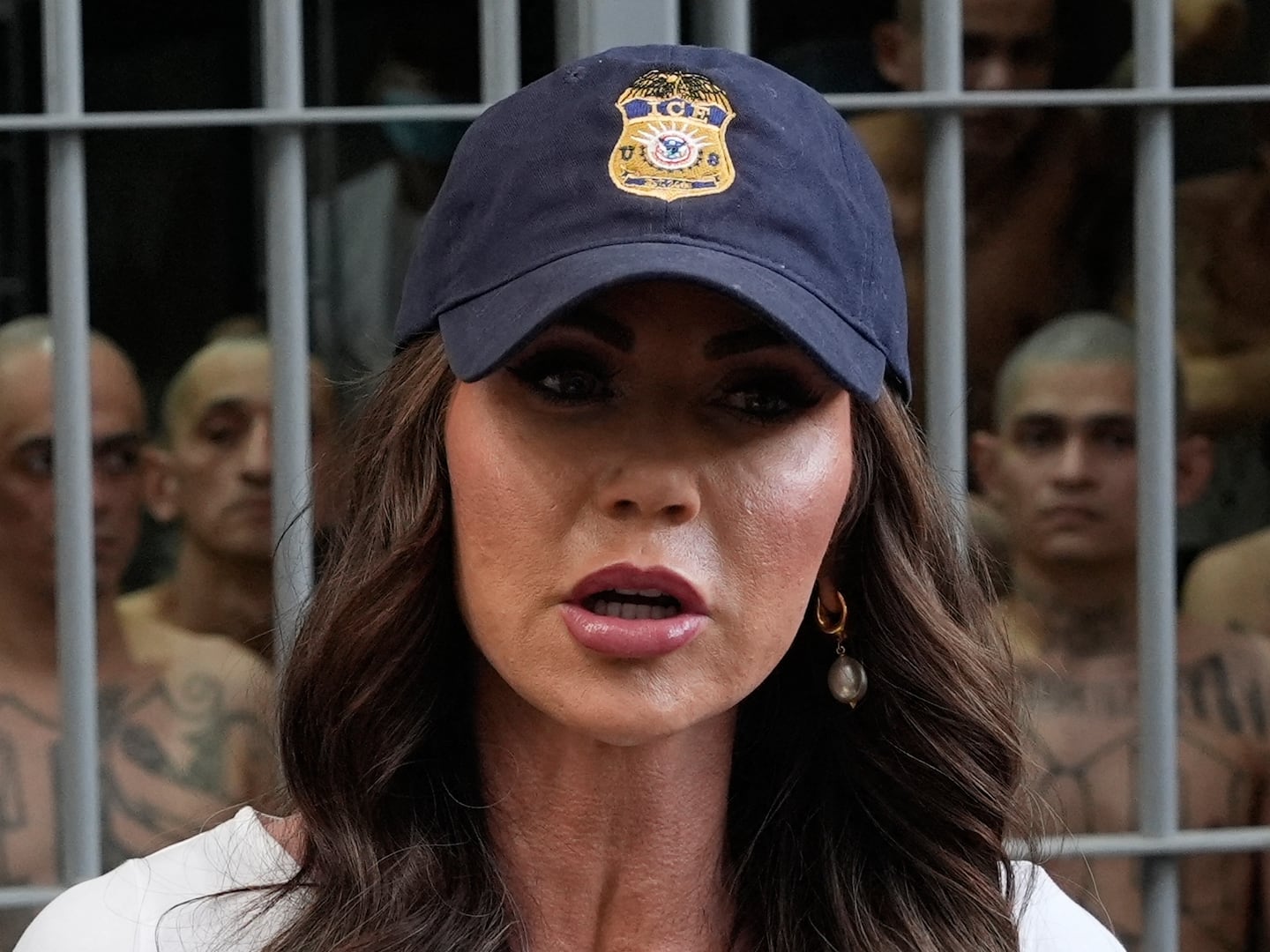More than 117 million Americans—50 percent of U.S. adults—are now included in law enforcement facial-recognition software. A new report from Georgetown’s law school called it a “virtual, perpetual lineup,” in which police departments can use the technology to scan photos and track citizens without any criminal history in government databases. The report also noted that police departments are using surveillance cameras to scan pedestrians’ faces. In some states, including Maryland, cops have used the technology to identify citizens shown in protest photos. “Face-recognition, when it’s used most aggressively, can change the nature of public spaces,” said Alvaro Bedoya, executive director of Georgetown’s privacy and technology center. “It can change the basic freedom we have to go about our lives without people identifying us from afar and in secret.” Neema Singh Guliani, the American Civil Liberties Union’s legislative counsel, noted that the technology is accompanied by few regulations. “There appears to be very few controls or safeguards to ensure it’s not used in situations in which people are engaged in First Amendment activity,” she said.
Read it at The Guardian
